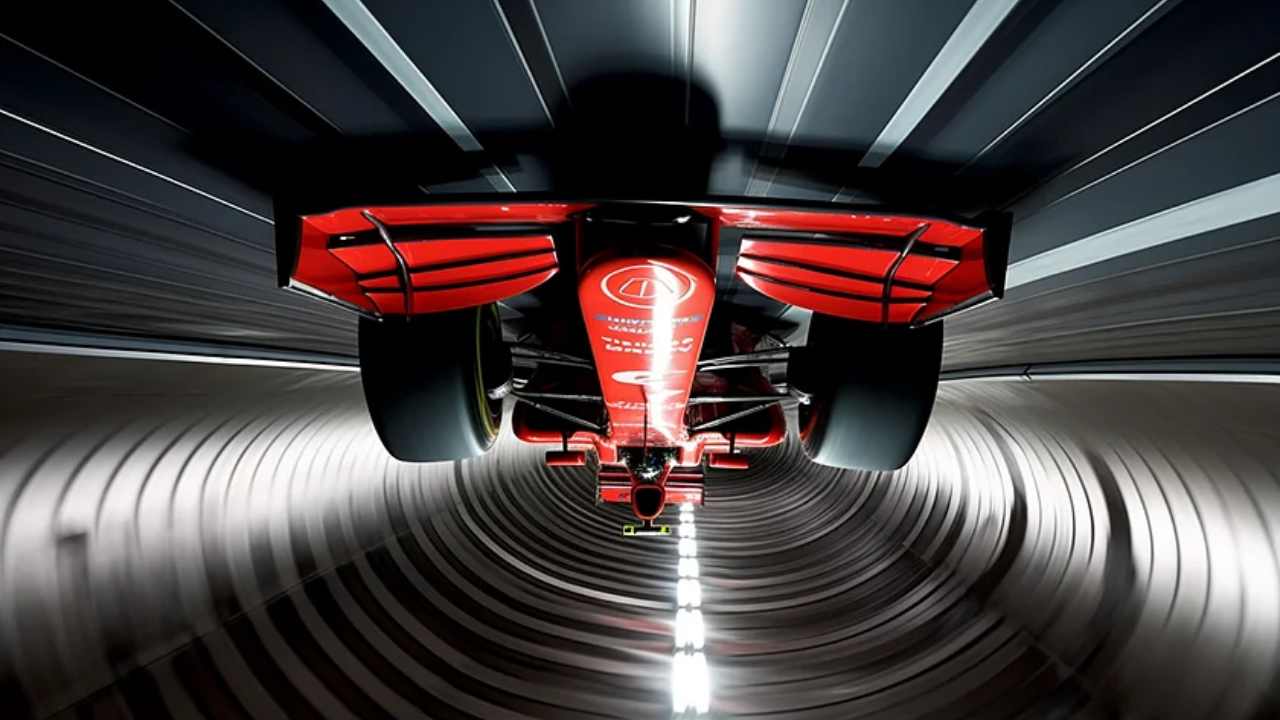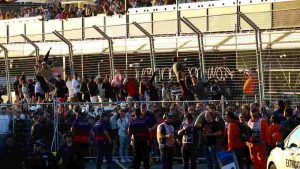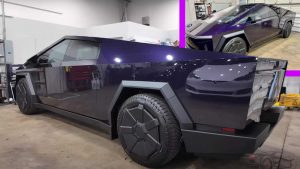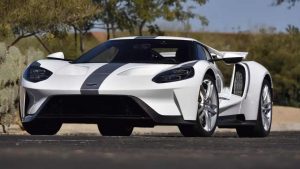“Project Inversion”: The bold plan to drive a car upside down in a tunnel

Ambitious project aims at testing an Old F1 racing theory.
In a daring endeavor known as “Project Inversion,” an ex-professional racing driver, Scott Mansell, and a team of engineers are setting out to put one of Formula 1’s most intriguing theories to the test by driving a car upside down in a tunnel. This audacious plan, documented on the Driver61 YouTube channel, has the potential to make history, but it’s far from a straightforward task.
Driver61 and its affiliate YouTube channels have been delivering high-quality content related to Formula 1, Motorsport, and Racing Engineering for years. With the advent of Project Inversion, the brand’s reputation may reach new heights, provided the ambitious project succeeds.
The primary objective of Project Inversion is to design a vehicle capable of driving upside down solely relying on its natural aerodynamics, without the use of additional downforce-generating tools like fans. While the concept may seem straightforward—leveraging the downforce generated by modern F1 cars at speeds exceeding 130 mph—the execution is far from simple. Today’s F1 cars, although designed for exceptional performance, are significantly heavier than they used to be, with an average weight of around 1,700 lbs, making them unsuitable for this endeavor despite their impressive downforce and power.
To lead the engineering efforts, aerodynamic engineering expert Willem Toet has been tapped. With a wealth of experience as the former Head of Aerodynamics at F1 teams such as Benetton, Ferrari, and Sauber, Toet is well-equipped to keep a car “glued to the ground.” For this unusual task, the team sought an alternative to F1 cars, ultimately selecting the Empire Wraith as their starting point. Weighing a mere 685 lbs, Toet explains, “We can relatively easily, because of different rules, create something that despite being a much lighter car has more downforce than a Formula 1 car would have at the same speed.”
To ensure a safety margin, the team aims to achieve over two times the vehicle’s weight in downforce. Surprisingly, a speed of just 80 mph is sufficient to generate the required downforce, although they initially aimed for 100 mph. The car, purpose-built for this challenge, features an unconventional design with significant camber and aerodynamic elements.
The issue of powering the vehicle while upside down presents another challenge. Traditional engines do not function well in this position, prompting consideration of an electric powertrain. However, the weight of the power source remains a concern, and the team is exploring solutions to address this issue.
One of the final hurdles is the choice of the tunnel for the attempt. Standard tunnels lack the necessary features like banked sides and smooth ceilings to accommodate this feat. The team is in the early stages of constructing its custom tunnel, with one side open for spectators, and precise control over height and banking to ensure a successful outcome. This venture is a substantial investment, and the team is actively seeking partners and sponsors to help fund the project.
“Project Inversion” is being meticulously documented through a series of YouTube videos, providing a comprehensive view of the journey and its complexities. While there are numerous challenges ahead, the audacious project has already captured the imagination of many, inspiring intrepid individuals and companies to get involved and support this extraordinary quest. For more in-depth insights into this remarkable undertaking, viewers are encouraged to watch the detailed videos.







